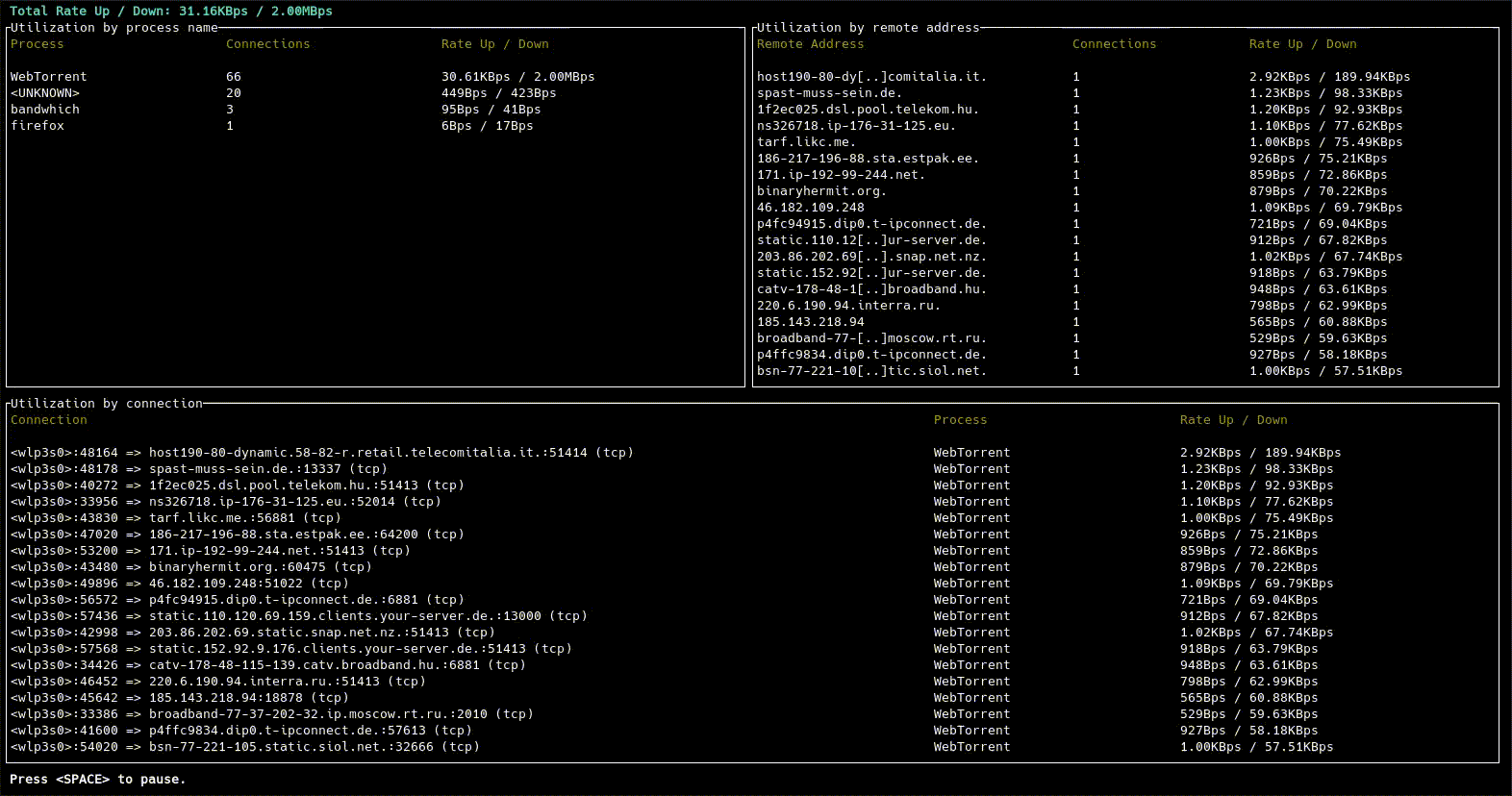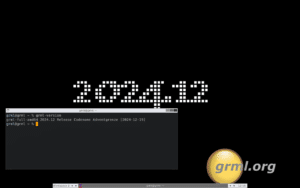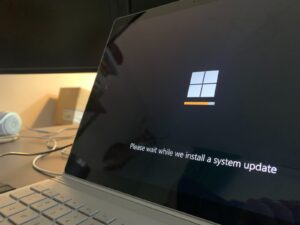In the world of Linux system administration and development, productivity at the command line is crucial. Whether you’re managing infrastructure, deploying code, or troubleshooting issues, every second counts. That’s where Bash history shines — a built-in feature of the Bash shell that stores previously executed commands, allowing you to recall, reuse, and even modify them without retyping.
But Bash history is more than just a record of past commands. With the right techniques, it becomes a powerful tool for streamlining your workflows, reducing errors, and improving operational efficiency across your Linux servers.
🔍 What Is Bash History and Why Is It Useful?
Bash history records the commands you run in two main places:
- In memory: During an active session.
- On disk: Stored in the file
~/.bash_historyafter logout.
By default:
- Up to 1.000 commands are stored in memory.
- Up to 2.000 commands are saved on disk.
These limits are configurable and can be increased to suit your needs.
🧰 Essential Bash History Commands
history: Lists past commands with numbered references.history | grep ssh: Filters history for specific terms.!!: Repeats the most recent command.!-2: Executes the second-to-last command.!git: Runs the last command that started with “git”.
🔎 Reverse Search with Ctrl+R
Press Ctrl+R and begin typing part of a command — Bash will show a matching result from history. Hit Enter to execute or Ctrl+G to cancel.
✨ Advanced Bash Expansions
Efficient command-line usage isn’t just about repetition. Bash provides history expansions that let you pull arguments from previous commands.
!:^→ First argument from the last command.!:$→ Last argument from the last command.!:*→ All arguments from the last command.
Example:
scp file1.txt file2.txt user@server:/path
gzip !:* # Compresses file1.txt and file2.txt🔁 Quick Fixes with Modifiers
Correct typos or adjust paths without retyping:
^wrong^right^: Fix and re-run the last command.
Path and filename modifiers:
:h→ Strip file name, keep directory.:t→ Strip directory, keep file name.:r→ Remove file extension.
Example:
vim /home/user/file.txt
echo !!:h # Outputs: /home/user⚙️ Customizing Bash History Behavior
Increase History Capacity
Add to your ~/.bashrc:
HISTSIZE=5000
HISTFILESIZE=10000Add Timestamps to Commands
HISTTIMEFORMAT="%F %T "Now history will show when each command was executed:
1001 2025-04-21 11:22:33 systemctl restart apache2Prevent Duplicates and Sensitive Commands
HISTCONTROL=ignoreboth
HISTIGNORE="ls:cd:pwd:clear"This removes duplicate and whitespace-prefixed commands, as well as common low-value entries.
🔄 Sync History Across Terminal Sessions
Avoid losing commands across tabs or SSH sessions. Add this to ~/.bashrc:
PROMPT_COMMAND="history -a; history -n"history -a: Appends new entries.history -n: Reads entries from disk.
🧹 Clearing Bash History
- Delete a single entry:
history -d 100- Clear session history:
history -c- Erase file-based history:
> ~/.bash_historyWarning: These actions are irreversible.
✅ Final Thoughts
Bash history is far more than a convenience — it’s a tactical advantage. Whether you’re debugging a failed deployment or repeating complex commands, knowing how to harness Bash history can boost your speed and confidence at the terminal.
By using history expansions, modifiers, timestamping, and real-time syncing, you can transform your command line into a powerful productivity engine. Start implementing these techniques today, and take your Linux server management to the next level.












